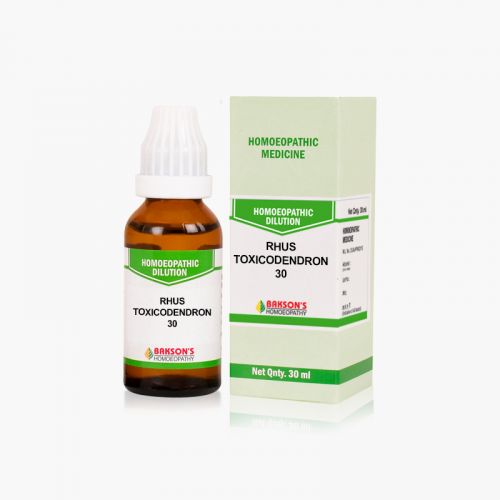We use cookies to make your experience better. To comply with the new e-Privacy directive, we need to ask for your consent to set the cookies. Learn more.
What is a Bunion?
Hallux valgus (HV), also known as a bunion, is one of the most common forefoot deformities, manifesting with the proximal phalanx deviating laterally and the first metatarsal head deviating medially. It occurs due to the adduction of the first metatarsus, called metatarsus primus varus and is more commonly seen in women and those who wear tight shoes or heels.
Causes
The exact etiology is not fully understood, but there are many proposed theories. HV deformity is considered to be a result of multiple causative factors including genetics, short first metatarsal, dorsiflexed first metatarsal, flexible or rigid forefoot varus, rigid or flexible pes planovalgus, gastrocnemius equinus, abnormal foot mechanics, and joint hypermobility. Certain arthritic conditions such as gouty arthritis, psoriatic arthritis, and rheumatoid arthritis predisposes to HV deformity.
It is common in people who wear tight shoes and heels, which is also considered as the cause. But unfit footwear is known to only exacerbate an underlying bony abnormality rather than acting as the primary cause.
Signs and Symptoms
HV deformity or bunion presents with a chronic progressive onset where the proximal phalanx pronates and deviates laterally while the first metatarsal head deviates medially, often becoming red and painful. There is a chronic onset of sharp or deep pain at the MTP joint that is worsened by movement.
Another common presentation is tingling or burning pain at the dorsal part of the deformity which indicates a medial dorsal cutaneous nerve neuritis likely caused by compression from the deformity. These symptoms can be a result of three different processes:
- The bunion itself centers upon the medial aspect of the first metatarsal.
- Pressure against the toes that are superiorly displaced
- Increased pressure on second through fifth metatarsal bones
Other symptoms that patients suffer from include blisters, ulcerations, interdigital keratosis, and irritated skin adjacent to the deformity which can cause significant morbidity, often limiting physical activities.
Diagnosis
HV deformity is diagnosed with a physical examination, but imaging is important as it can evaluate whether there is damage to the first metatarsophalangeal (MTP) joint. Certain other lab tests may be required in some cases like rheumatoid factor, antinuclear antibody, c-reactive protein, erythrocyte sedimentation rate, uric acid, and complete blood count. Evaluation is primarily with plain radiography, with X-rays (AP and lateral weight-bearing) of the foot. The classification is mild, moderate, and severe based on the weight-bearing anteroposterior, lateral oblique, lateral, and sesamoid axial views.
Degree: Hallux valgus angle (HVA) / Intermetatarsal angle (IMA)
- Normal: less than15 degrees / 9 degrees
- Mild: 15 to 30 degrees / 9 to 13 degrees
- Moderate: 30 to 40 degrees / 13 to 20 degrees
- Severe: over 40 degrees / over 20 degrees
Management
Treatment centers upon first trialing non-surgical approaches such as -
- Shoe modification: Low-heeled, wide shoes.
- Orthoses: Improves alignment and support.
- Ice: Icing the inflamed deformity to reduce inflammation.
- Medial bunion pads: Prevents irritation of HV deformity.
- Stretching: Helps maintain joint mobility in the affected joint.
Warning: Above information provided is an overview of the disease, we strongly recommend a doctor's consultation to prevent further advancement of disease and/or development of complications.
Disclaimer: The information provided herein on request, is not to be taken as a replacement for medical advice or diagnosis or treatment of any medical condition. DO NOT SELF MEDICATE. PLEASE CONSULT YOUR PHYSICIAN FOR PROPER DIAGNOSIS AND PRESCRIPTION.
- ACIDUM BENZOICUM 30₹ 100.00
- HYPERICUM PERFORATUM 30₹ 100.00
- RHUS TOXICODENDRON 30₹ 100.00
- RUTA GRAVEOLENS 30₹ 100.00







